Hello student.
How are you today?
_________________
What is your favorite place?
______________________
Do you remember that we are studying Simple presente.
_______________________________________________
We are going to do a reviwew and develop some exercises.
he Simple Present is a form of the verb that shows the action takes place in the present.
Here are the different usages of this tense:
Repeating actions or habits
They travel every Sunday.
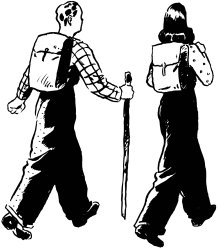
He goes to school by bike.
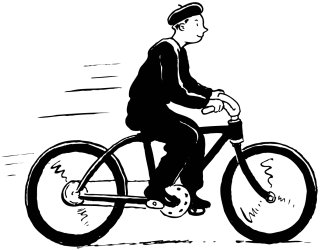
He always loses his papers.
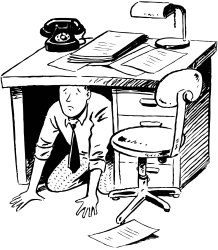
They usually get a lot of fish.
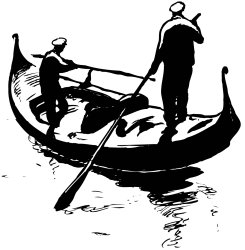
They go to work every day.

Facts or things which are
true at all times
Cows eat grass.
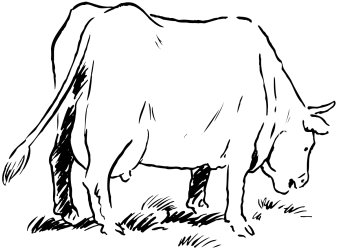
Paris is in France.

People sleep at night.
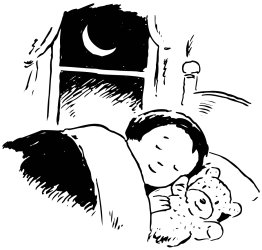
He is a good guy.

He is a policeman.

Conditions (not actions)
taking place at this moment
This is a big ship.
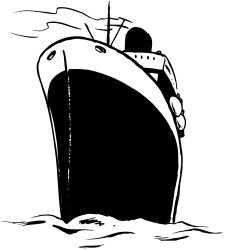
She looks dangerous.

She likes him.

He thinks that she is pretty.

They feel tired.
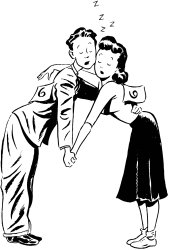
He has a car.
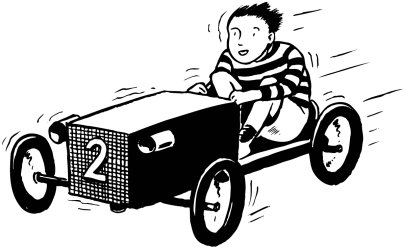
Examples of
Typical Time Expressions
always
usually
often
frequently
sometimes
rarely
never
once a _______ (minute, hour, day, week, month, year, etc)
every _______ (minute, hour, day, week, month, year, etc)
Presente Simple – (Simple Present Tense)
El Presente Simple es un tiempo verbal que se utiliza para describir acciones habituales que suceden con cierta frecuencia y no hace referencia a si está ocurriendo en el momento actual.
(Hace mención de un deporte que realizo cotidianamente y que no necesariamente lo estoy jugando en este momento).He works in an office. Él trabaja en una oficina.
(Se refiere al trabajo que desarrolla una persona frecuentemente). They travel to Madrid. Ellos viajan a Madrid.
(Habla de un viaje que se repite a diario, aunque el sujeto no lo esté realizando ahora).
A continuación se muestran las formas afirmativa, interrogativa y negativa de este tiempo verbal:

En el cuadro superior se ha tomado como ejemplo el verbo PLAY (jugar). Observe que en el modo afirmativo, en la 3º persona del singular, se le añade una «S» al verbo.
Alice dances at the theatre. Alice baila en el teatro.
The dog breaks the fence. El perro rompe la cerca.
En el modo interrogativo y negativo se utiliza el auxiliar DO, aunque en la 3º persona del singular se coloca como auxiliar DOES y se le quita la «S» al verbo.
Existen algunos casos particulares como por ejemplo, si el verbo empleado termina en «SS», «SH», «CH», «O» y «X» al formar la 3º persona del singular en la forma afirmativa se le agrega «ES». Aquí vemos algunos ejemplos:
Si el verbo es FISH (pescar), se conjugará: He fishes at the sea. Él pesca en el mar.
Si el verbo es KISS (besar), se conjugará: She kisses to her boyfriend. Ella besa a su novio.
Si el verbo es WATCH (observar), se conjugará: He watches the mountain. Él observa la montaña.
Si el verbo es FIX (arreglar), se conjugará: He fixes his car. Él arregla su coche.
Si el verbo es GO (ir), se conjugará: She goes to the office. Ella va a la oficina.
Otra excepción se presenta si el verbo termina en «Y» tras consonante. Para formar la 3º persona del singular se sustituye esta «Y» por una «i» acompañada de la terminación «ES». Por ejemplo:
Si el verbo es STUDY (estudiar) se conjugará: She studies the lesson. Ella estudia la lección.
Para la forma negativa se puede emplear la forma contraída de DON’T en lugar de DO NOT o DOESN’T en vez de DOES NOT.
He doesn’t work in an office. Él no trabaja en una oficina.
They don’t travel to Madrid. Ellos no viajan a Madrid.
